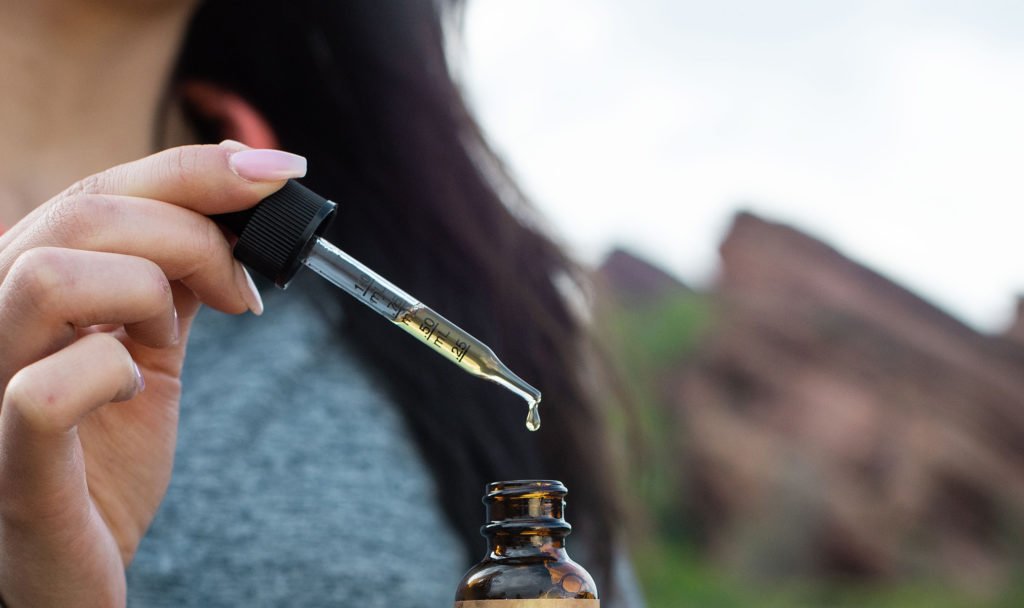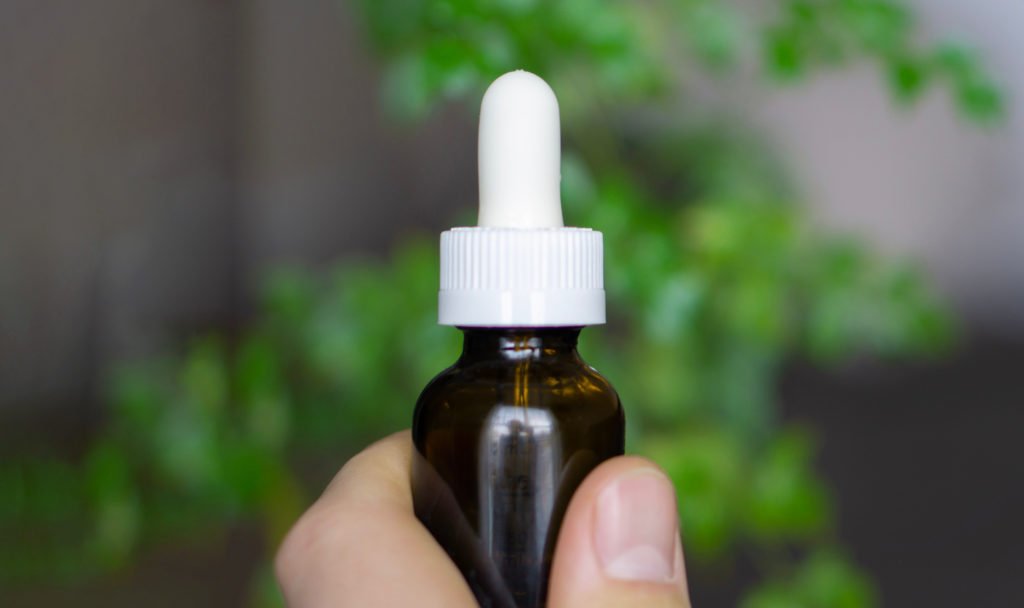Many people want to know how to shop for quality CBD products. They want to know what to look for – specifically, are there red flags they should be wary of?
Red flags?
These are the pitfalls people can encounter when shopping for CBD online or in person. Let’s explore this topic a little further.
Reputable Companies and Quality Sourcing
Most people are looking for the best CBD experience possible. This means aligning oneself with a reputable company that creates top-of-the-line products. So, naturally, one of the most important things to look for is where the hemp comes from — what is the source?
Since The Farm Bill of 2018 legalized the agricultural production of hemp, several hemp farms are right here in the States. Some of these areas are preferred because the soil in that particular area creates a pristine environment for hemp growth and cultivation. On the other hand, steer clear of hemp sourced outside the country. It’s not uncommon for subpar companies to source their hemp from China (or other countries) to cut costs.
Organically grown hemp is just as important. Why is this important? Because hemp is known as a bioaccumulator, absorbing whatever is in the surrounding soil. If the hemp is grown with chemical inputs or near toxins, it can absorb those contaminants in a process called phytoremediation. Organic farming production protects against the ingestion of pesticides, heavy metals, or toxins from hemp.
When it comes to recognizing reputable companies, checking the source of the hemp is one of the first telltale signs. Still, other things matter, like the number of positive reviews online and information provided on the company website, like lab reports and informative blogs. Overall, a reputable company will provide all of the quality benchmarks while embracing a certain level of transparency.
Locating and Reading Third-Party Lab Reports
Any reputable CBD company will have third-party lab reports available. When these reports are not available, this is definitely a red flag! Third-party lab results are conducted by independent third-party labs, and the results are called a certificate of analysis (COA).
A COA is a document issued by an accredited laboratory that describes the complete composition of a product. CBD brands often pride themselves on the fact that their products are as pure as they get, so a COA is super-essential when determining the reliability of a given brand and the products they offer.
For CBD, a Certificate of Analysis should include a complete list of cannabinoids, microbiological levels, terpenes, and possible contaminants, such as pesticides, solvent residue, or heavy metals. With the CBD industry rising, the demand for accurate, reliable CBD lab reports is greater than ever before.
So, remember, if there are no lab results available — it’s a huge red flag!
Don’t Buy CBD on Amazon
One of the biggest questions when it comes to CBD is where to buy it, but more specifically, where to buy real CBD. There are plenty of fraudulent products floating around the internet, and unfortunately, CBD is no exception.
There are certain places to avoid purchasing CBD from, and Amazon is one of them. Most people don’t know Amazon has a strict no CBD policy. When customers see “CBD products” in the Amazon marketplace, they should quickly notice the products don’t contain any CBD at all. In fact, this is fake CBD, often replaced with hemp seed oil. Some people see “hemp” and immediately think it’s CBD, but this is a critical misstep.
Hemp seed oil and CBD oil come from the same plant, but have drastically different effects. CBD oil is pressed from the buds, leaves, and stalks of the hemp plant, but hemp seed oil only comes from the hemp seeds.
Since the cannabinoid content rests in the aerial parts of the hemp plant, that’s where all the benefits come from. Hemp seed oil is excellent as a nourishing oil, which is why it’s most commonly used in beauty formulations.
It’s not only Amazon; this also applies to a lot of in-store CBD products. Several of these products may have hemp seed oil, or they may have a meager amount of CBD, an amount too low to produce any noticeable effects.
This can be avoided by checking out the label and the third-party lab report, as previously discussed. When comparing the product label to the lab report, it’s easy to spot these inconsistencies.
False Labeling
When looking at a CBD product label, there are a few things to take notice of. First, look at the advertised concentration of CBD (or cannabinoid content) in the bottle. The best way to confirm this number is accurate is by going back to the lab report or certificate of analysis (COA).
This report breaks down the complete cannabinoid concentration, along with the different types of cannabinoids, among other things. When searching for the lab report, one of the first places to look is the product page. However, it could be in a dedicated section of the company’s site. Once again, if these resources are not available, this is a red flag.
Lack of Natural Ingredients
Many people are drawn to CBD because it’s all-natural. So, why would anyone want their CBD product to have unnatural sugars, additives, or solvents?
The CBD extraction process is where it all begins. Some CBD companies will use solvents, like butane, to “wash” the hemp plant matter. The butane hash oil (BHO) method separates the CBD oil from the plant matter (yes, this is the same butane found in lighters). While the butane is removed from the final oil with a vacuum pump or heat, tiny traces of the butane can be left in the extract.
Brands choose this option because it is fast and cheap, but there is a health hazard to ingesting CBD extracted with BHO for consumers.
The far-more-natural industry method uses a CO2-extraction process, taking pressurized carbon dioxide to separate oil from hemp. It costs a bit more in terms of time and equipment, but carbon dioxide extraction results in pure and solvent-free CBD oil.
Outside of the extraction process, make sure the final product also doesn’t involve unnecessary additives. When examining labels on products, look for all-organic cannabinoids and terpenes combined with organic, vegan ingredients and natural extracts.
No Mention of the Extraction Process
The extraction process is one of the most critical parts of the manufacturing process, so if a company fails to mention (or highlight) this essential step, it’s cause for concern. As mentioned above, reputable companies want to engage with their customers and educate them as much as possible, while conveying a certain level of transparency.
Efficiently extracting CBD oil from cannabis or hemp requires specialized techniques to ensure the cannabinoids are not damaged by heat or solvents. To understand the newest CBD extraction methods, it’s important to get a good background on the older approaches of extracting just about every other type of essential oil. If buying CBD oil, it’s necessary to know which CBD oil extraction process creates the highest-quality oil.
Steam distillation is a technique that has been used for centuries to extract essential oil from plant material. It’s a straightforward concept that uses heat in the form of steam to break the essential oil free from the plant material. Industrial steam distillation setups can be large and very mechanical, but simple distillation setups can resemble a simple chemistry glassware set.
Solvent extraction is a step above steam distillation, both in efficiency and complexity. Instead of using steam to extract the essential oils from the plant material, solvents are used. The solvents react with the plant material, causing the essential oils to be removed from the plants and mix with the solvent.
Both of these methods are somewhat dated, but the primary issue is that they both leave chemical residue in the CBD oil. This is why the CO2 extraction process is best-suited for creating quality CBD oil, free of harmful chemicals and toxic residues that other extraction methods leave behind.
CO2 extraction, also known as Supercritical Fluid Extraction, is the leading extraction process for essential oils and has been researched extensively in universities using lavender and other essential oil crops.
CO2 is carbon dioxide and it is a natural byproduct of oxygen use. Plants convert CO2 to oxygen through the process of photosynthesis. CO2 is a very effective solvent for removing essential oils from plant material when under high pressure and utilizing minimal heat. It works in a similar way to the solvent process, but it’s a much better process since it is more effective than alcohol as a solvent.
If a company fails to mention the extraction method used, this is a red flag. Additionally, steam distillation and solvent extraction are red flags because they produce a lower-quality CBD oil.
Non-Existent Customer Service
Everyone wants top-notch customer service experience with any company they shop with, but what happens when customer service is non-existent? Let’s say a question pops up regarding the lab results. Maybe customers are trying to locate them but can’t find them.
Much to their surprise, they can’t seem to locate customer service either. This is another red flag, because it means there’s not too much attention given to the customer or the overall operation — so what does this mean for the actual product?
These companies choose to run on auto-pilot, because they most likely have fake CBD and leave it floating around the internet for random sales. Who knows if they’d actually send a product out at all? These are the unknown elements one faces when dealing with sub-par companies with limited or no contact with potential (or current) customers.
Bad Online Reviews
Looking up online reviews before purchasing a product is commonplace these days. When a person searches for reviews and plenty of positive reviews show up, they typically feel safe proceeding because they’ve seen how it helped others.
However, bad reviews are another red flag to be wary of. Sure, there may be a few outliers here or there, but if the general consensus is poor quality, it means something. Always take some time to research before purchasing.
Moving Forward — Avoiding Red Flags
CBD is expanding at a phenomenal rate, so it’s no wonder everyone wants to give it a try. But the shopping process can be a little intimidating if one doesn’t know the lingo. This is why it’s best to do some research — and learn how to spot those red flags right off the bat!






